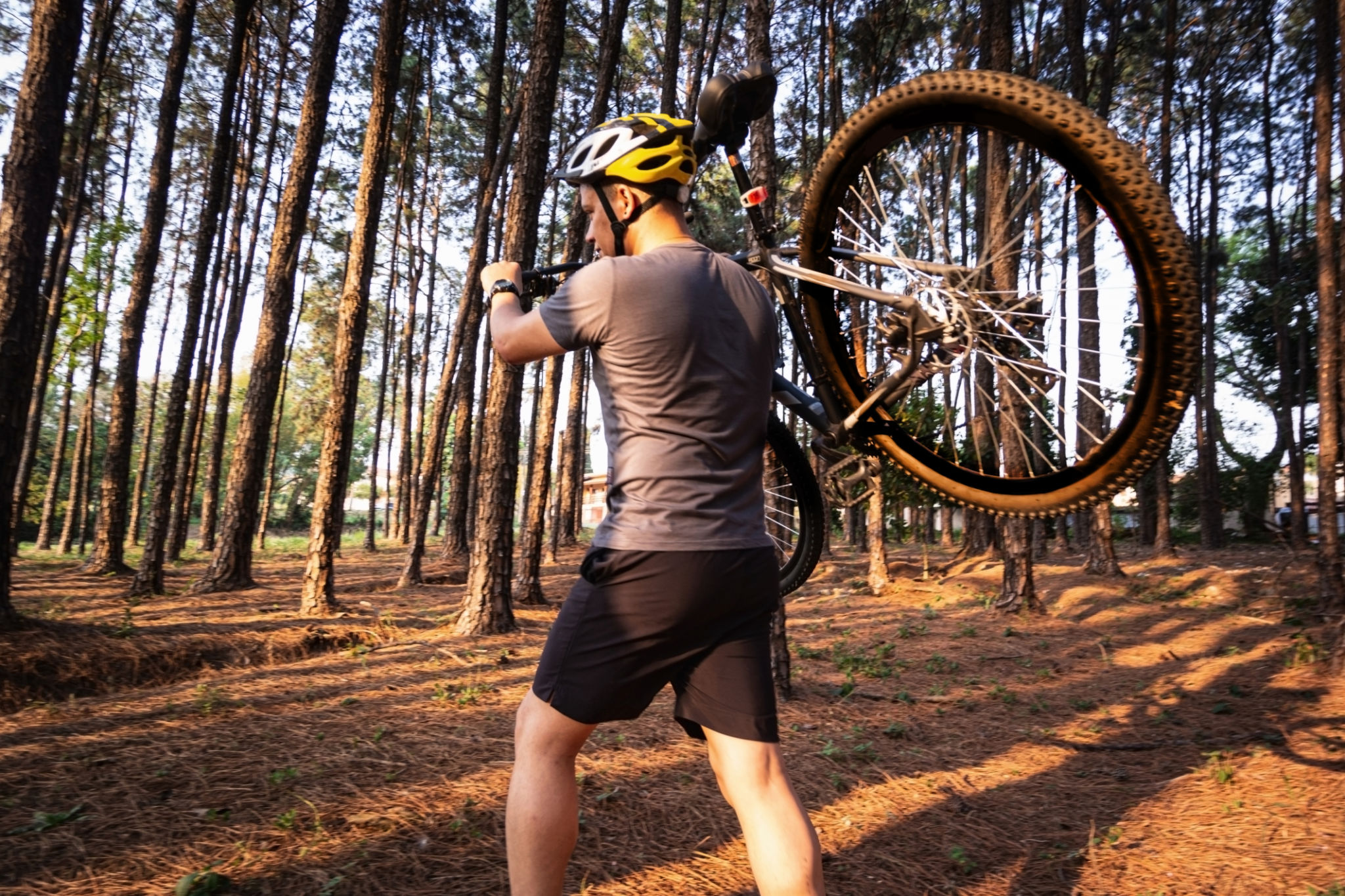How to Install a Bicycle Front Rack: A Step-by-Step Tutorial
Gather Your Tools and Materials
Before you begin installing a bicycle front rack, it's essential to gather all the necessary tools and materials. You'll typically need a set of Allen wrenches, a screwdriver, and possibly a wrench, depending on your bike's specifications. Additionally, ensure you have the front rack itself, along with any mounting hardware that came with it.
Having all your tools and materials ready will make the installation process smoother and quicker. It's also a good idea to work in a clutter-free space where you can easily access everything you need without any hassle.

Understand Your Bike and Rack Compatibility
Not all racks are compatible with every bike, so it's crucial to check if your chosen rack fits your bicycle. Most racks will have specific instructions regarding the type of bike they are suited for, such as road bikes, mountain bikes, or hybrids. Make sure your bike frame has the necessary eyelets for mounting the rack. If not, you may need additional mounting adapters.
Understanding these compatibility issues will prevent potential problems during installation and ensure that the front rack is securely mounted.
Preparing Your Bike
Start by prepping your bike for installation. This includes cleaning the areas where the rack will be mounted to ensure no dirt or debris interferes with the installation. Depending on your bike's design, you may need to remove certain components, such as fenders or reflectors, to create space for the rack.

It's also a good idea to inspect your bike’s frame for any damage or weaknesses, as the weight of the rack and its contents could exacerbate existing issues.
Mounting the Front Rack
Begin by attaching the rack's lower mounting points to the eyelets near your bike's front axle. Use the appropriate bolts and washers, tightening them securely but not excessively to avoid damaging your bike or the rack. If your rack has adjustable arms, position them to align with the upper mounting points on your fork or frame.
- Attach lower points near the axle.
- Tighten bolts securely.
- Align adjustable arms with upper points.
Securing Upper Mounting Points
Next, secure the upper mounting points. These are usually located on the fork or near the handlebars. Use the provided hardware to fasten these points, ensuring that the rack sits evenly and is properly balanced. It’s crucial that the rack doesn’t impede any moving parts, such as brakes or wheels.

If your bike lacks these mounting points, you can use P-clamps or similar devices to provide the necessary support.
Final Adjustments and Testing
Once everything is mounted, make any final adjustments to ensure that the rack is straight and secure. Check that all bolts are tight and that there is no movement when you apply pressure to various parts of the rack. This is also a good time to reattach any components you removed earlier.
- Ensure rack is straight.
- Tighten all bolts.
- Reattach removed components.
Load Testing
Before hitting the road, perform a load test by placing some weight on the rack and checking for stability. This could be as simple as loading your usual biking gear onto the rack and taking a short ride around your neighborhood. Observe how the bike handles with the added weight and make any necessary adjustments.

If everything feels secure, you're ready to start using your new front rack for longer rides and heavier loads.
Maintenance Tips
To keep your front rack in top condition, regularly check all bolts and connections for tightness. Exposure to weather can cause parts to loosen over time, so periodic inspections are essential. Additionally, clean your rack as needed to prevent rust or other damage.
By following these maintenance tips, you’ll ensure that your front rack remains a reliable accessory for all your biking adventures.